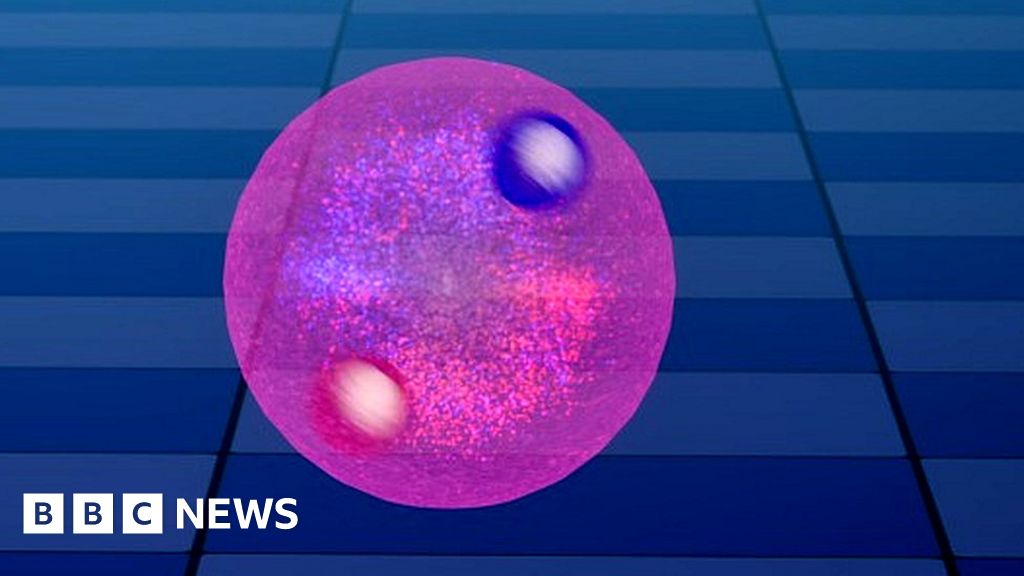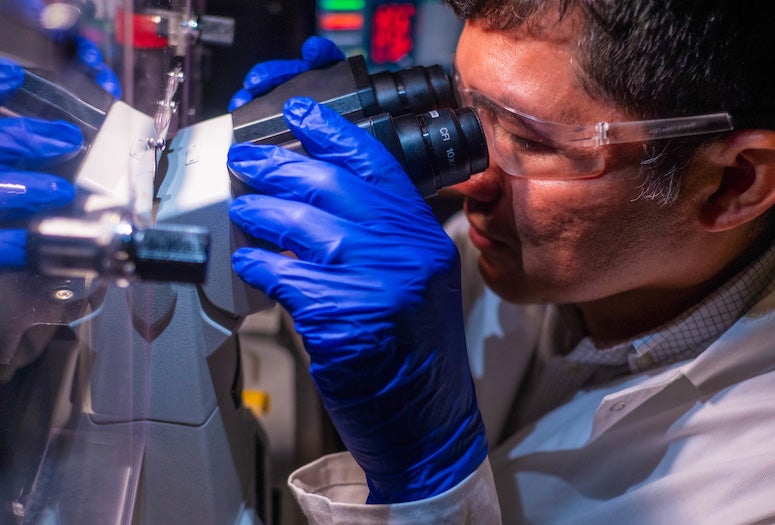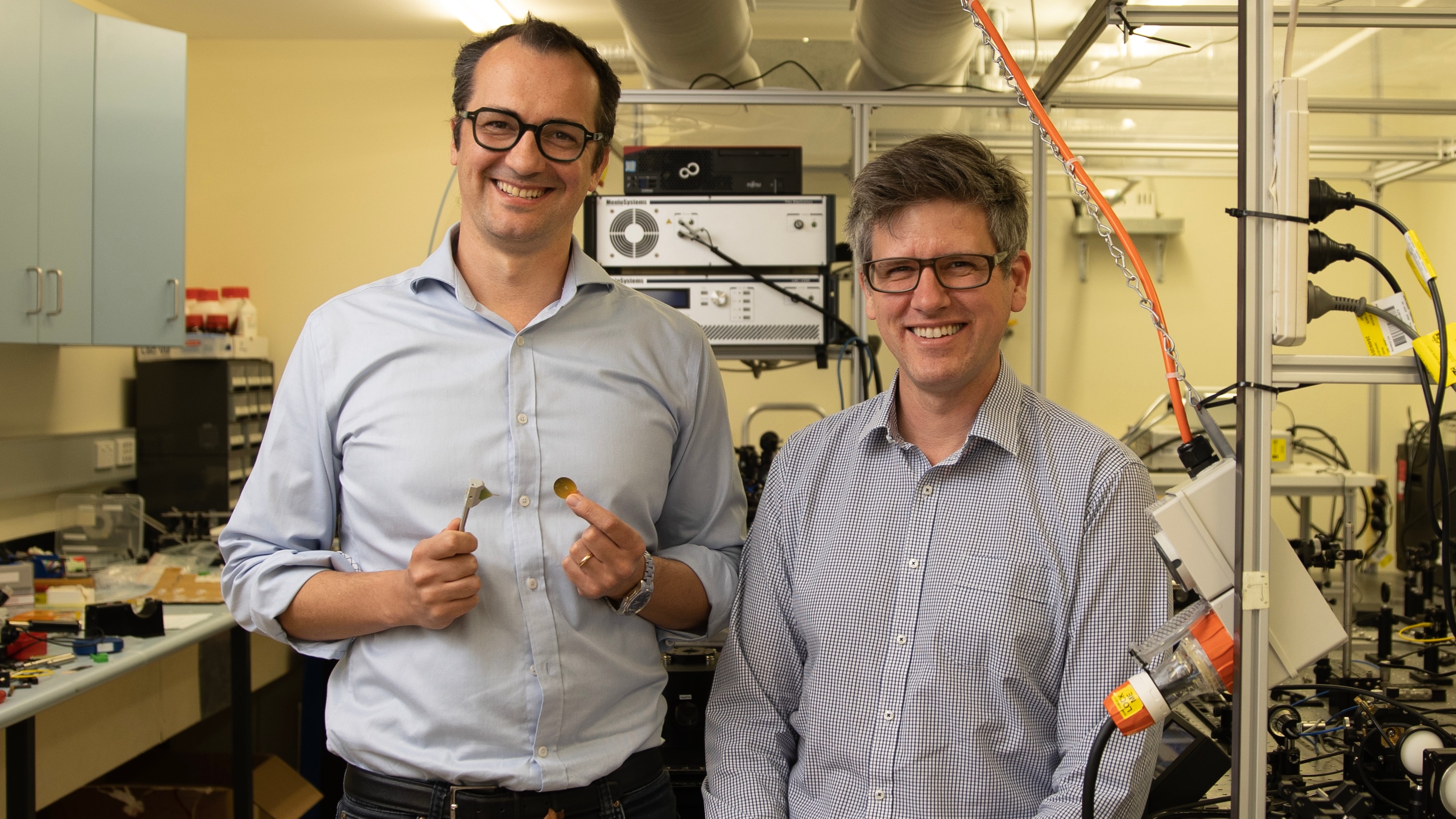Plastics. We think so much about the exponential growth of computer technology that we forget about other things growing exponentially.
It's like that line from the 1967 movie, "I just want to say one word to you... just one word: Plastics."
We may be paying more attention to computers, but plastics haven't gone away. They've kept growing exponentially.
I'm going to quote a boatload of stuff from this PlastChem report, but, in actuality it's going to look like a lot but in reality it's about 2 pages from an 87-page report. Actually once you add in all the appendices it's a 181-page report. And I'm going to quote these parts rather than summarize because I can't think of a way to compress this down much further, so since I can't do a better job of it myself I'm just going to present the choice quotes from the report. Here we go:
"The plastics economy is one of the largest worldwide. The global plastic market was valued at 593 billion USD in 2021. In the same year, the global trade value of plastic products was 1.2 trillion USD or 369 million metric tons, China, the USA, and European states are the major plastic-producing countries with emerging economies experiencing a rapid expansion of local production capacities. The plastics economy is tightly embedded in the petrochemical sector, consuming 90% of its outputs to make plastics. This, in turn, creates strong linkages with the fossil industry, as 99% of plastic is derived from fossil carbon, production mostly relies on fossil energy, and the plastic and fossil industries are economically and infrastructurally integrated."
"Plastic production increases exponentially. The global production of plastics has doubled from 234 million tons in 2000 to 460 million tons in 2019 and its demand grows faster that cement and steel. On average, production grew by 8.5% per year from 1950-2019. Business-as-usual scenarios project that plastic production will triple from 2019 to 2060 with a growth rate of 2.5-4.6% per year, reaching 1230 million tons in 2060. By 2060, 40 billion tons of plastic will have been produced, with about 6 billion tons currently present on Earth."
"The projected increase in plastic use is driven by economic growth and digitalization across regions and sectors. China is expected to remain the largest plastic user, but plastic demand is expected to grow stronger in fast-growing regions, such as Sub-Saharan Africa, India, and other Asian countries. Plastic use is projected to increase substantially across all sectors until 2060, and polymer types used in applications for packaging, construction and transportation make up the largest share of the projected growth.14 Importantly, the OECD predicts that petroleumbased, non-recycled plastics will continue to dominate the market in 2060. Single-use plastics, currently 35-40% of global production, are expected to grow despite regional phase-outs."
"Globally, seven commodity polymers dominate the plastics market. These include polypropylene (PP, 19% of global production), low-density polyethylene (LDPE, 14%), polyvinylchloride (PVC, 13%), high-density polyethylene (HDPE, 13%), polyethylene terephthalate (PET, 6%), polyurethane (PUR, 6%), and polystyrene (PS, 5%). Over 80% of Europe's total polymer demand is met by these, mostly in virgin form). Their usage varies by sector, with HDPE, LDPE, PET, and PP mainly being applied for packaging, and PS and PVC in construction."
"Plastic waste generation is expected to almost triple by 2060. In line with the growth in plastic use, the future plastic waste generation is projected to almost triple, reaching 1014 million tons in 2060. Waste generated from short-lived applications, including packaging, consumer products and textiles, and plastic used in construction are expected to dominate. The latter is relevant because long-lived applications will continue to produce 'locked-in' plastic waste well into the next century. Despite some improvements in waste management and recycling, the OECD projects that the amount of mismanaged plastic waste will continue to grow substantially and almost double to 153 million tons by 2060."
"The scale of plastic pollution is immense. The OECD estimates that 22 million tons of plastic were emitted to the environment in 2019 alone.14 While there are uncertainties in these estimates, they illustrate the substantial leakage of plastics into nature. Accordingly, approximately 140 million tons of plastic have accumulated in aquatic ecosystems until 2019. Emissions to terrestrial systems amount to 13 million tons per year (2019), but the accumulating stocks remain unquantified due to data gaps. While mismanaged waste contributes 82% to these plastic emissions, substantial leakages originate further upstream and throughout the plastic life cycle, such as from the release of micro- and nanoplastics. While the latter represent a relatively small share in terms of tonnage, the number of these particles outsizes that of larger plastic items emitted to nature."
"Plastic pollution is projected to triple in 2060. A business-as-usual scenario with some improvement in waste management and recycling predicts that the annual plastic emissions will double to 44 million tons in 2060. This is in line with other projections which estimate annual emissions of 53-90 million tons by 2030 and 34-55 million tons by 2040 to aquatic environments. According to the OECD, the accumulated stocks of plastics in nature would more than triple in 2060 to an estimated amount of 493 million tons, including the marine environment (145 million tons, 5-fold increase) and freshwater ecosystems (348 million tons, 3-fold increase). Since the impacts of plastic pollution are diverse and occur across the life cycle of plastics, the OECD concludes that 'plastic leakage is a major environmental problem and is getting worse over time. The urgency with which policymakers and other societal decision makers must act is high.'"
"Plastic monomers (e.g., ethylene, propylene, styrene) are mainly derived from fossil resources and then reacted (or, polymerized) to produce polymers (e.g., polyethylene, polypropylene, and polystyrene) that form the backbone of a plastic material. A mixture of starting substances (i.e., monomers, catalysts, and processing aids) is typically used in polymerization reactions. To produce plastic materials, other chemicals, such as stabilizers, are then added. This creates the so-called bulk polymer, usually in the form of pre-production pellets or powders. The bulk polymer is then processed into plastic products by compounding and forming steps, like extrusion and blow molding. Again, other chemicals are added to achieve the desired properties of plastic products, in particular additives. Importantly, such additives were crucial to create marketable materials in the initial development of plastics, and a considerable scientific effort was needed to stabilize early plastics. Throughout this process, processing aids are used to facilitate the production of plastics."
"At the dawn of the plastic age, scientists were unaware of the toxicological and environmental impacts of using additives in plastics. Their work to make plastic durable is essentially what has made plastics both highly useful, but also persistent and toxic."
"The growth in additives production mirrors that of plastics. The amount of additives in plastics can significantly vary, ranging from 0.05-70% of the plastic weight. For example, antioxidants in PE, PS, and ABS (acrylonitrile butadiene styrene) account for 0.5-3% of their weight. Light/UV stabilizers in PE, PP, and PVC constitute 0.1-10% by weight. Flame retardants can make up 2-28% of the weight, while plasticizers in PVC can be as high as 70% by weight. About 6 million tons of additives have been produced in 2016 and the annual growth rate is 4% in the additives sector. Accordingly, additive production can be expected to increase by 130-280 thousand tons per year. By 2060, the joint production volume of a range of additive classes is the projected to increase by a factor of five, closely mirroring the growth in overall plastic production."
"Plastics also contain non-intentionally added substances. Non-intentionally added substances include impurities, degradation products, or compounds formed during the manufacturing process of plastics, which are not deliberately included in the material. Examples include degradation products of known additives (e.g., alkylphenols from antioxidants) and polymers (e.g., styrene oligomers derived from polystyrene). Unlike intentionally added substances (IAS), which are in principle known and therefore can be assessed and regulated, non-intentionally added substances are often complex and unpredictable. Thus, their identity remains mostly unknown and these compounds, though present in and released from all plastics, cannot easily be analyzed, assessed, and regulated. Despite these knowledge gaps, non-intentionally added substances probably represent a major fraction of plastic chemicals."
"The number and diversity of known plastic chemicals is immense. A recent analysis by the United Nations Environment Programme suggests that there are more than 13 000 known plastic chemicals, including polymers, starting substances, processing aids, additives, and non-intentionally added substances. The main reason for such chemical complexity of plastics is the highly fragmented nature of plastic value chains that market almost 100 000 plastic formulations and more than 30 000 additives, 16,000 pigments, and 8000 monomers. While this represents the number of commercially available constituents of plastics, not necessarily the number of unique plastic chemicals, it highlights that the diversity of the plastics sector creates substantial complexity in terms of plastic chemicals."
"A full overview of which chemicals are present in and released from plastics is missing, mostly due to a lack of transparency and publicly available data. Nonetheless, the available scientific evidence demonstrates that most plastic chemicals that have been studied are indeed released from plastic materials and products via migration into liquids and solids (e.g., water, food, soils) and volatilization into air. Additional chemical emissions occur during feedstock extraction and plastic production as well as at the end-of-life (e.g., during incineration). This is problematic because upon release, these chemicals can contaminate natural and human environments which, in turn, results in an exposure of biota and humans."
"Most plastic chemicals can be released. The release of chemicals from plastics has been documented in a multitude of studies, especially in plastic food contact materials, that is, plastics used to store, process or package food. A systematic assessment of 470 scientific studies on plastic food packaging indicates that 1086 out of 1346 analyzed chemicals can migrate into food or food simulants under certain conditions. Accordingly, 81% of the investigated plastic chemicals are highly relevant for human exposure. Newer research with advanced methods to study previously unknown plastic chemicals illustrates that this probably represents the tip of the iceberg. Studies using so-called nontargeted or suspect screening approaches show that commonly more than 2000 chemicals leach from a single plastic product into water. While less information is available on non-food plastics, this highlights two important issues. Firstly, plastics can release a large number of chemicals which, secondly, then become relevant for the exposure of biota, including humans (termed 'exposure potential' in this report)."
"Many plastic chemicals are present in the environment. Upon release, plastic chemicals can enter the environment at every stage of the plastic life cycle. Accordingly, plastic chemicals are ubiquitous in the environment due to the global dispersal of plastic materials, products, waste, and debris. For instance, a recent meta-analysis suggests that more than 800 plastic chemicals have been analyzed in the environment. However, this evidence is fragmented, and a systematic assessment of which compounds have been detected in the environment is lacking. Yet, the evidence on well-studied plastic chemicals indicates that these are present in various environments and biota across the globe, including remote areas far away from known sources. Examples include many phthalates, organophosphate esters, bisphenols, novel brominated flame retardants, and benzotriazoles. Based on the existing evidence on well-researched compounds, it is prudent to assume that many more plastic chemicals are omnipresent in the natural and human environment, including in wildlife and humans."
"Humans are exposed to plastic chemicals across the entire life cycle of plastics. This ranges from the industrial emissions during production, affecting fence line communities, to the releases during use, affecting consumers, and at the end-of-life, including waste handling and incineration. These releases have resulted in extensive exposures of humans to plastic chemicals. For example, many phthalates, bisphenols, benzophenones, parabens, phenolic antioxidants as well as legacy brominated and organophosphate flame retardants have been detected in human blood, urine, and tissues in different global regions. Humans can be exposed to plastic chemicals directly, such as phthalates and other additives leaching from PVC blood bags used for transfusion or leaching into saliva in children mouthing plastic toys. Indirect exposure occurs through the ingestion of contaminated water and foodstuffs that have been in contact with plastics (e.g., processing, packaging). The inhalation and ingestion of plastic chemicals from air, dust and other particulate matter are other important routes of exposure. Importantly, research shows that women, children, and people in underprivileged communities often have higher levels of exposure."
"Non-human organisms are exposed to plastic chemicals. The scientific literature provides rich information on the exposure of wildlife to plastic chemicals, in particular on bisphenols and phthalates in terrestrial and aquatic ecosystems as well as persistent organic pollutants, and antioxidants in marine environments. The United Nations Environment Programme highlights a global biomonitoring study which showed that seabirds from all major oceans contain significant levels of brominated flame retardants and UV stabilizers, indicating widespread contamination even in remote areas. Beyond seabirds, various other species are exposed to plastic chemicals according to the United Nations Environment Programme, such as mussels and fish containing with high levels of hazardous chemicals like HBCDD (hexabromocyclododecane), bisphenol A, and PBDEs (polybrominated diphenyl ethers), suggesting plastics as a probable source. Land animals, including livestock, are exposed to chemicals from plastics, such as PBDEs in poultry and cattle. and phthalates in insects. Importantly, plastic chemicals can also accumulate plants, including those for human consumption. This highlights a significant cross-environmental exposure that spans from marine to terrestrial ecosystems and food systems. However, while research on plastic chemical in non-human biota is abundant, it remains fragmented and has not been systematically compiled and assesses thus far."
"Endocrine disrupting chemicals in plastics represent a major concern for human health. The plastic chemicals nonylphenol and bisphenol A were among the earliest identified compounds that interfere with the normal functioning of hormone systems. These findings marked the beginning of a broader recognition of the role of plastic chemicals in endocrine disruption and dozens have since been identified as endocrine disrupting chemicals. This includes several other bisphenols, phthalates (used as plasticizers), benzophenones (UV filters), and certain phenolic antioxidants, such as 2,4-ditertbutylphenol. For example, strong scientific evidence links bisphenols to cardiovascular diseases, diabetes, and obesity. Accordingly, there is a strong interconnection between plastic chemicals and endocrine disruption."
"Additional groups of plastic chemicals emerge as health concern. The Minderoo-Monaco Commission's recent report comprehensively assesses the health effects of plastics across the life cycle, including plastic chemicals. In addition to phthalates and bisphenols, the report highlights per- and polyfluoroalkyl substances (PFAS) widely utilized for their non-stick and water-repellent properties. PFAS are strongly associated with an increased risk of cancer, thyroid disease, and immune system effects, including reduced vaccine efficacy in children. Additional concerns pertain to their persistence and their tendency to bioaccumulate in humans. In addition, brominated and organophosphate flame retardants have been linked to neurodevelopmental effects and endocrine disruption, adversely affecting cognitive function and behavior in children, as well as thyroid and reproductive health. Several other plastic chemicals are known to cause harm to human health, for example because they are mutagens (e.g., formaldehyde) or carcinogens with other modes of action, like melamine."
"Plastic chemicals also impact human health when released from production and disposal sites. These more indirect effects include the contribution of plastic chemicals to water and air pollution across the life cycle. For instance, chlorofluorocarbons, previously used as blowing agents in plastic production, can deplete the stratospheric ozone layer and thereby indirectly affect human health. Other issues include the promotion of antimicrobial resistance due to the dispersion of biocides transferring from plastics in the environment and the release of dioxins and PCBs from the uncontrolled burning of plastic wastes. The latter are especially toxic and persistent, and accumulate in the food chain, leading to increased human exposure."
"The health impacts of well-researched plastic chemicals are established. Arguably, there is a large body of evidence that links certain groups of plastic chemicals to a range of adverse health effects. These include but is not limited to bisphenols, phthalates, PFAS, and brominated and organophosphate flame retardants. Research focusses particularly on their endocrine disrupting effects, include adverse impacts on reproduction, development, metabolism, and cognitive function. However, it should be noted that research into other groups of plastic chemicals and other types of health effects remains largely fragmented and has rarely been systematically assessed. Here, initiatives such as the Plastic Health Map75 can support a more strategic approach."
"Plastic chemicals exert a host of adverse impacts on wildlife. This includes both acute and chronic toxicity in individual organisms and populations, as well as indirect effects across food webs. Ecotoxicological effects of heavy metals, such as cadmium and lead, as well as endocrine disrupting chemicals used in plastics, such as bisphenols, phthalates, and brominated flame retardants, have received the most research attention to date. Oftentimes, these endocrine disrupting chemicals induce environmental impacts at very low concentrations."
Jumping to page 24 for "Key Findings" of Part II of the report, "What is known about plastic chemicals":
"There are at least 16,000 known plastic chemicals. The report identifies 16,325 compounds that are potentially used or unintentionally present in plastics."
"There is a global governance gap on plastic chemicals. 6% of all compounds are regulated internationally and there is no specific policy instrument for chemicals in plastics."
"Plastic chemicals are produced in volumes of over 9 billion tons per year. Almost 4000 compounds are high-production volume chemicals, each produced at more than 1000 tons per year."
"At least 6300 plastic chemicals have a high exposure potential. These compounds have evidence for their use or presence in plastics, including over 1500 compounds that are known to be released from plastic materials and products."
"Plastic chemicals are very diverse and serve multiple functions. In addition to well-known additives, such as plasticizers and antioxidants, many plastic chemicals often serve multiple functions, for instance, as colorants, processing aids, and fillers."
"Grouping of plastic chemicals based on their structures is feasible. Over 10,000 plastic chemicals are assigned to groups, including large groups of polymers, halogenated compounds, and organophosphates."
Jumping to page 28, they have a visualization of the number of different plastic chemicals by use category:
3674 Colorants
3028 Processing aids
1836 Fillers
1741 Intermediates
1687 Lubricants
1252 Biocides
959 Monomers
897 Crosslinkers
883 Plasticizers
862 Stabilizers
843 Odor agents
764 Light stabilizers
723 Catalysts
595 Antioxidants
478 Initiators
389 Flame retardants
215 Heat stabilizers
205 Antistatic agents
128 Viscosity modifiers
103 Blowing agents
83 Solvents
74 Other additives
56 NIASs (non-intentionally added substances)
47 Others
31 Impact modifiers
On page 30 they have a table that gives you numbers by chemical category (with many groups missing because apparently there is a "long tail" of categories with fewer than 10 members that they didn't bother to include):
802 Alkenes
443 Silanes, siloxanes, silicones
440 PFAS (per- and polyfluoroalkyl substances)
376 Alkanes
202 Carboxylic acids salts
140 PCBs (polychlorinated biphenyls)
124 Aldehydes simple
89 Azodyes
75 Dioxines and furans
66 Alkylphenols
61 Ortho-phthalates
52 Aceto- and benzophenones
50 Phenolic antioxidants
45 PAHs (polycyclic aromatic hydrocarbons)
34 Bisphenols
29 Iso/terephthalates and trimellitates
28 Benzotriazoles
25 Ketones simple
24 Benzothiazole
22 Aromatic amines
20 Alkynes
20 Alkane ethers
18 Chlorinated paraffins combined
15 Aliphatic ketones
14 Aliphatic primary amides
11 Salicylate esters
10 Parabens
10 Aromatic ethers
Page 57 has a table of the number of chemicals by category considered hazardous. Page 61 has a table of the number of chemicals considered hazardous by usage category instead of chemical structure.
Last section is policy recommendations.
The report is 87 pages, but the document is 181 pages. The rest is a series of appendices, which they call the "Annex", which has the glossary, abbreviations, and detailed findings for everything summarized in the rest of the report.









